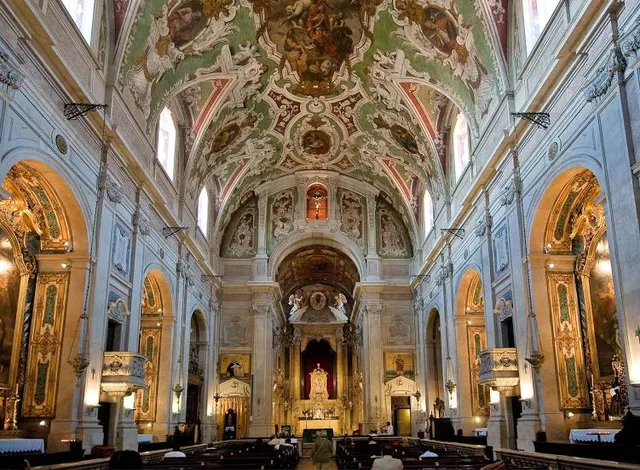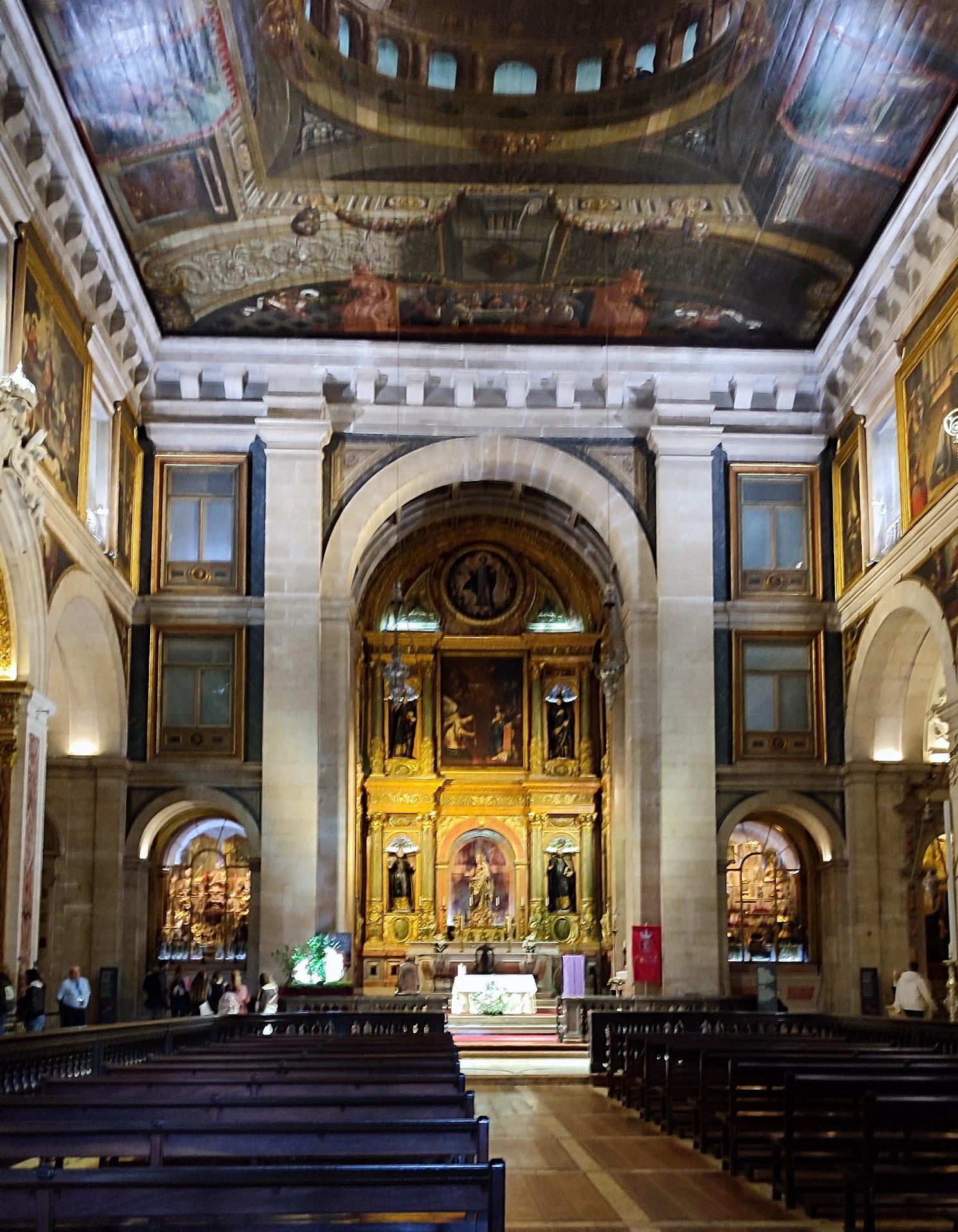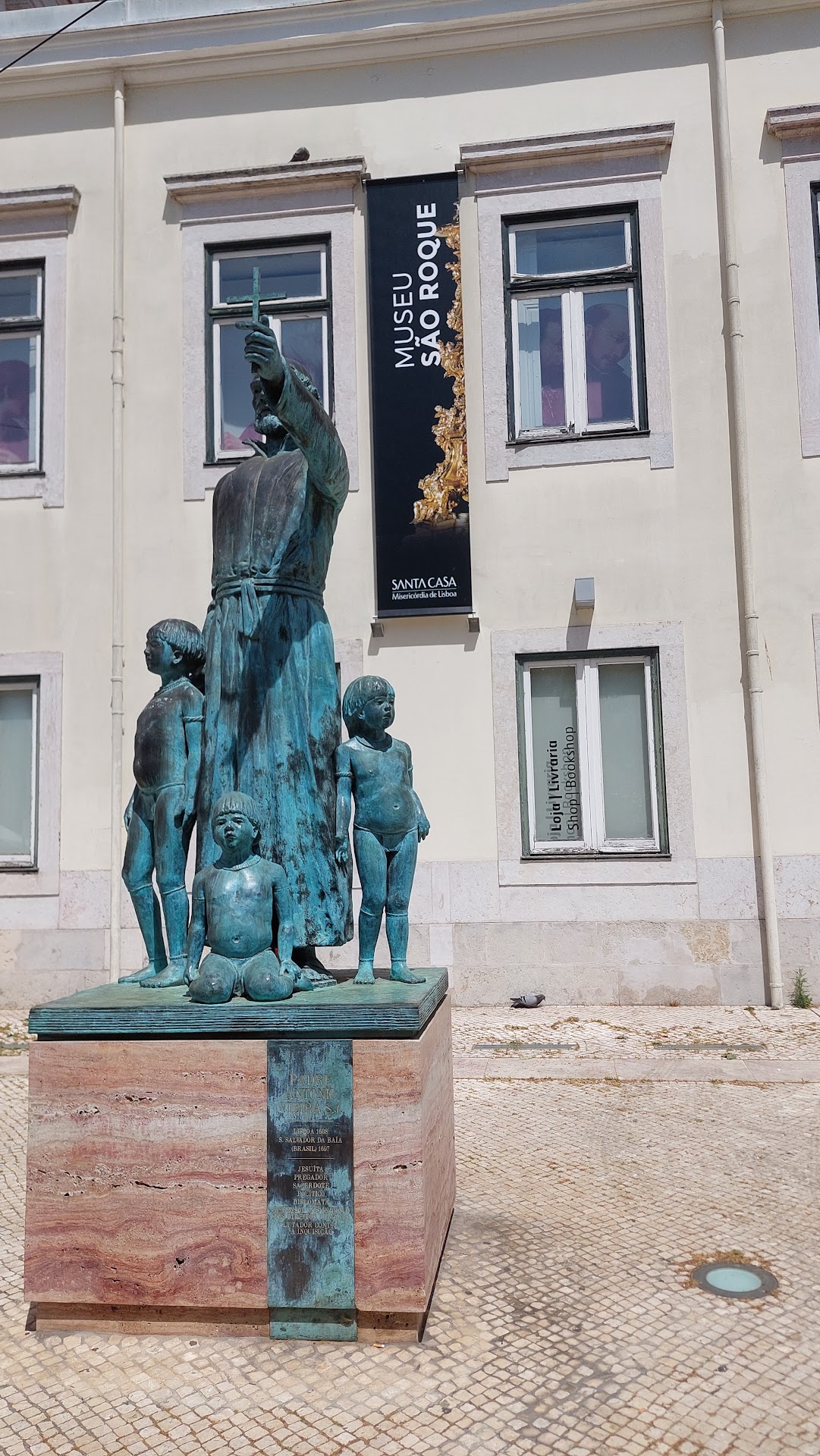Church of Saint Roch things to do, attractions, restaurants, events info and trip planning
Basic Info
Church of Saint Roch
Largo Trindade Coelho, 1200-470 Lisboa, Portugal
4.6(2.6K)
Open 24 hours
Save
spot
spot
Ratings & Description
Info
The Church of Saint-Roch is a 17th–18th-century French Baroque and classical style church in Paris, dedicated to Saint Roch. It is located at 284 rue Saint-Honoré, in the 1st arrondissement. The current church was built between 1653 and 1740.
Cultural
Accessibility
attractions: Miradouro de São Pedro de Alcântara, Museu de São Roque, Carmo Convent, Praça Luís de Camões, Santa Justa Lift, Galeria de Arte Urbana - GAU, Praça Dom Pedro IV, Museu Maçónico Português, Monumento dos Restauradores, Zé dos Bois gallery, restaurants: Valdo Gatti Pizza Bio, M’arrecreo Pizzeria, Trindade, Leve Leve - Tapas Bar, Oficina do Duque, Lumi Rooftop, Pateo - Bairro do Avillez, Papo Cheio, Alfaia, Cocheira Alentejana
 Learn more insights from Wanderboat AI.
Learn more insights from Wanderboat AI.Phone
+351 21 346 0361
Website
museusaoroque.scml.pt
Plan your stay

Pet-friendly Hotels in Lisbon
Find a cozy hotel nearby and make it a full experience.

Affordable Hotels in Lisbon
Find a cozy hotel nearby and make it a full experience.

The Coolest Hotels You Haven't Heard Of (Yet)
Find a cozy hotel nearby and make it a full experience.

Trending Stays Worth the Hype in Lisbon
Find a cozy hotel nearby and make it a full experience.
Reviews
Nearby attractions of Church of Saint Roch
Miradouro de São Pedro de Alcântara
Museu de São Roque
Carmo Convent
Praça Luís de Camões
Santa Justa Lift
Galeria de Arte Urbana - GAU
Praça Dom Pedro IV
Museu Maçónico Português
Monumento dos Restauradores
Zé dos Bois gallery
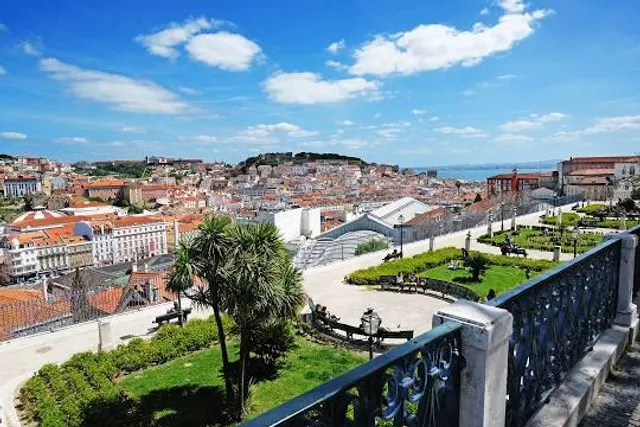
Miradouro de São Pedro de Alcântara
4.6
(11.6K)
Open 24 hours
Click for details

Museu de São Roque
4.5
(354)
Open 24 hours
Click for details
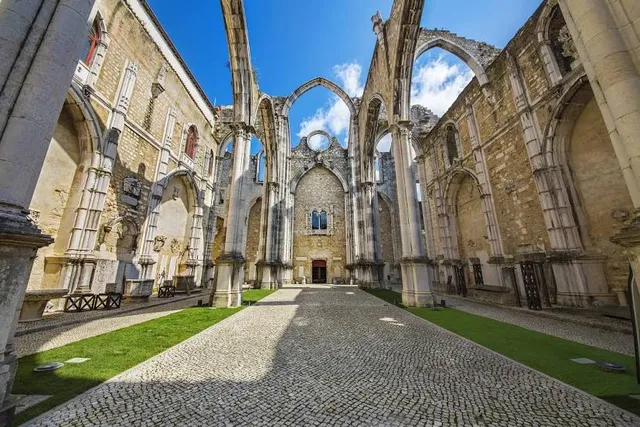
Carmo Convent
4.5
(7.9K)
Open 24 hours
Click for details
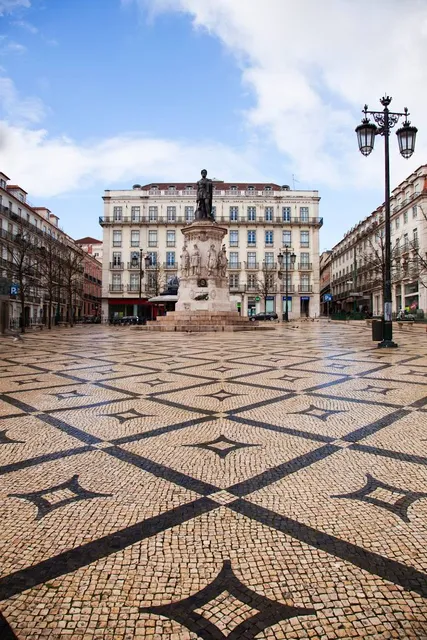
Praça Luís de Camões
4.5
(10.4K)
Open until 12:00 AM
Click for details
Things to do nearby
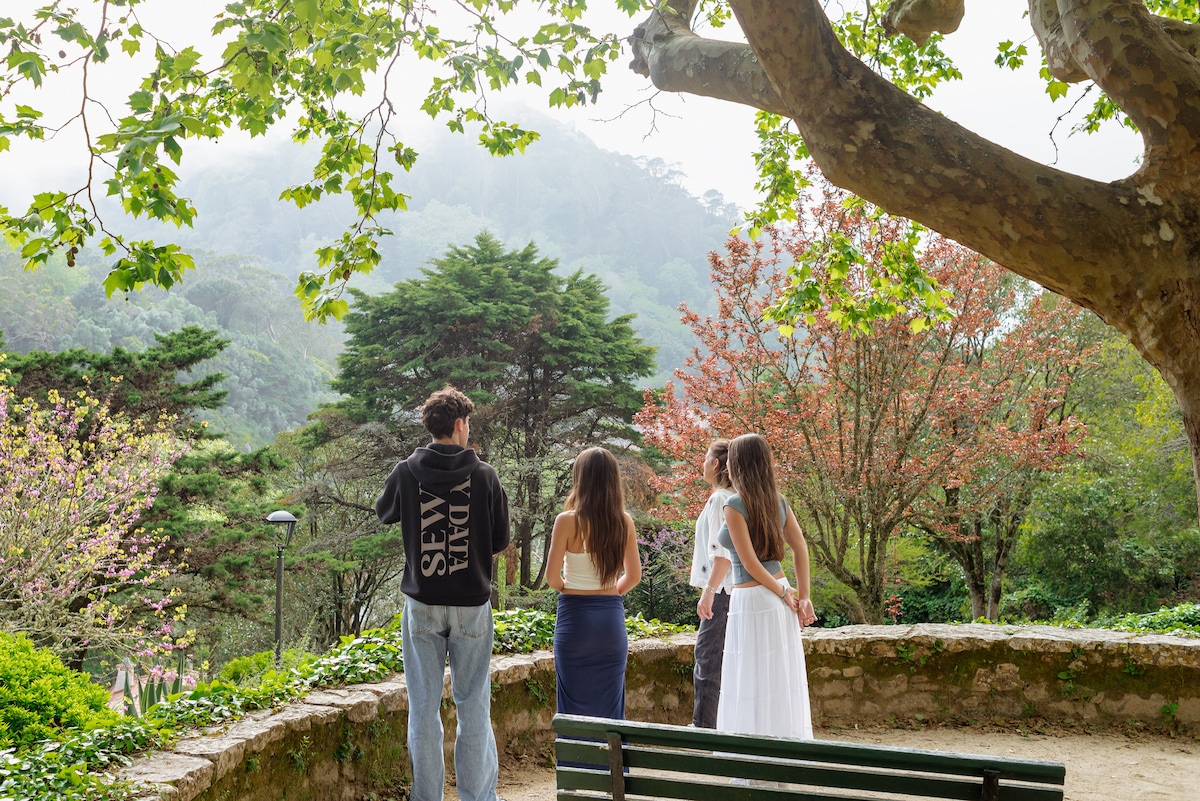
Explore the beauty and the beach
Sintra-Cascais
Mon, Dec 29 • 9:30 AM
2710-423, Sintra, Portugal
View details
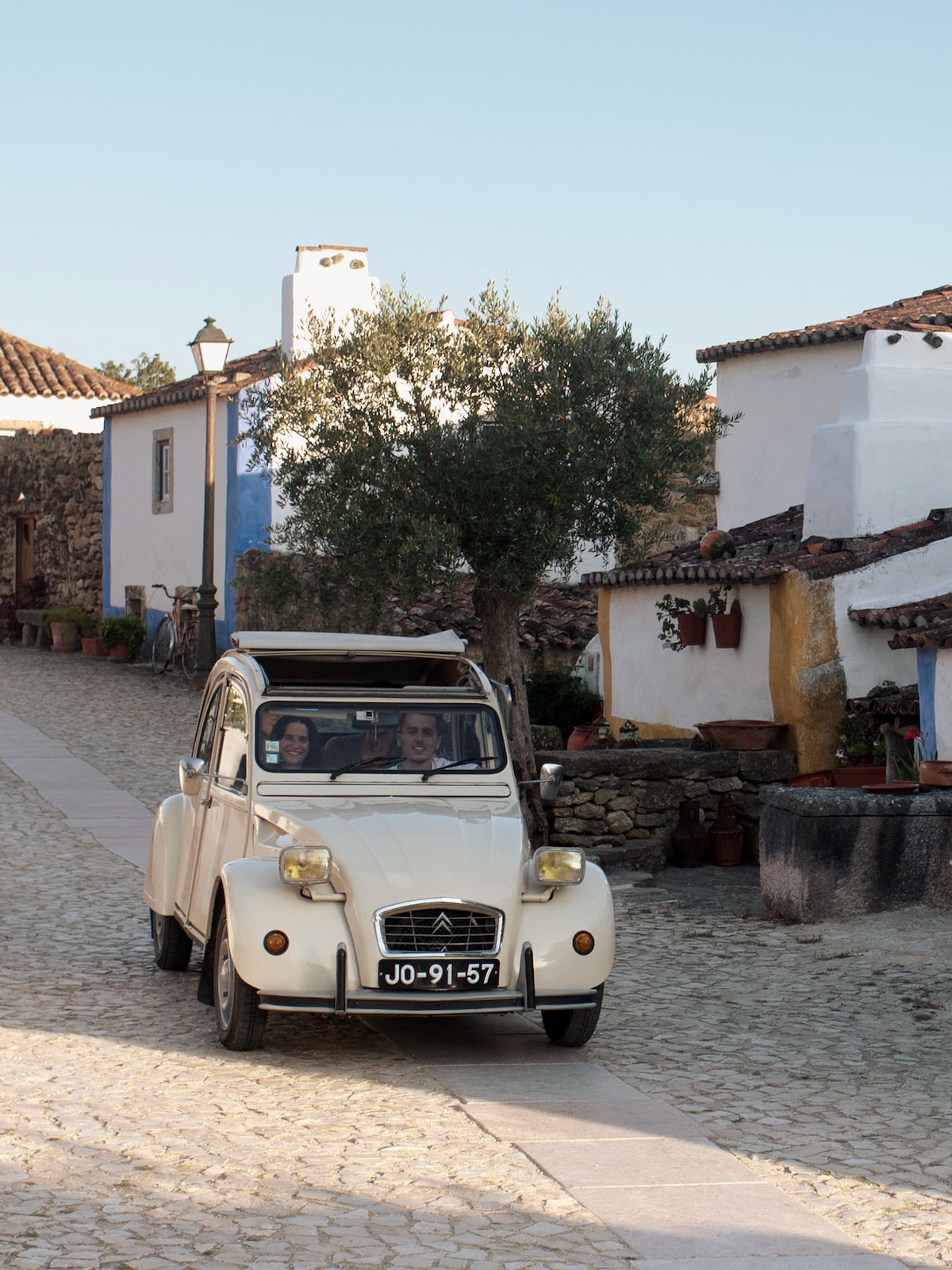
Vintage Countryside Gastronomic Tour
Fri, Dec 26 • 10:00 AM
2710, Sintra, Portugal
View details

Sailing tour in Lisbon: the best view of the city
Thu, Dec 25 • 11:00 AM
1400-038, Lisbon, Portugal
View details
Nearby restaurants of Church of Saint Roch
Valdo Gatti Pizza Bio
M’arrecreo Pizzeria
Trindade
Leve Leve - Tapas Bar
Oficina do Duque
Lumi Rooftop
Pateo - Bairro do Avillez
Papo Cheio
Alfaia
Cocheira Alentejana
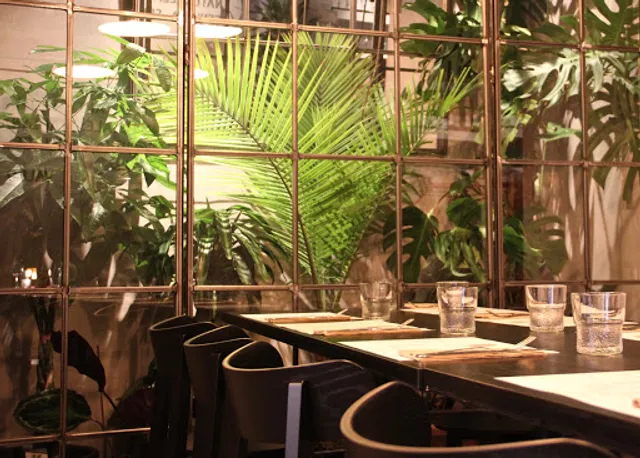
Valdo Gatti Pizza Bio
4.7
(1.5K)
Click for details
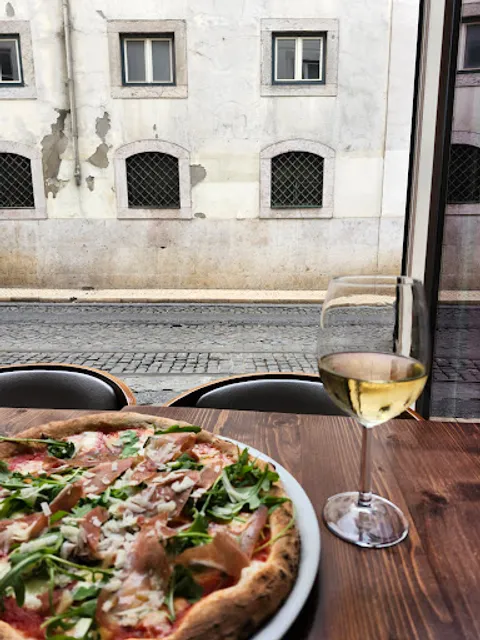
M’arrecreo Pizzeria
4.7
(1.2K)
Click for details
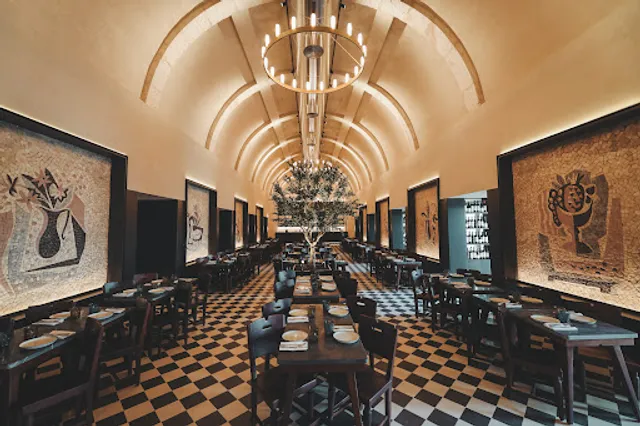
Trindade
4.2
(3.2K)
$$
Click for details

Leve Leve - Tapas Bar
4.7
(2.3K)
$
Click for details
